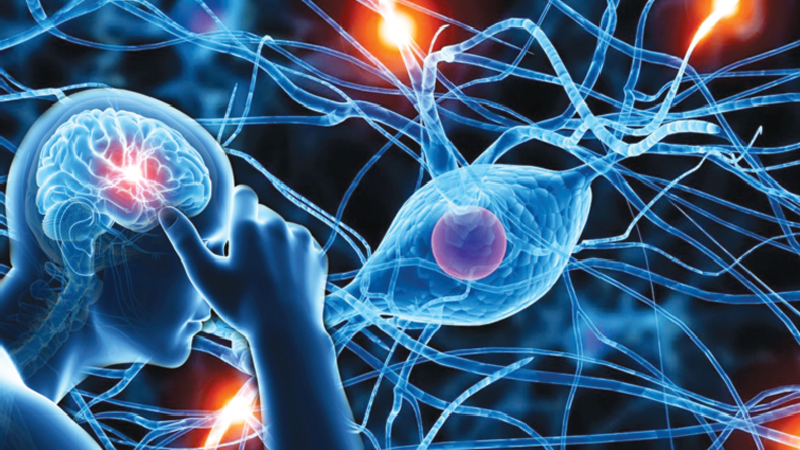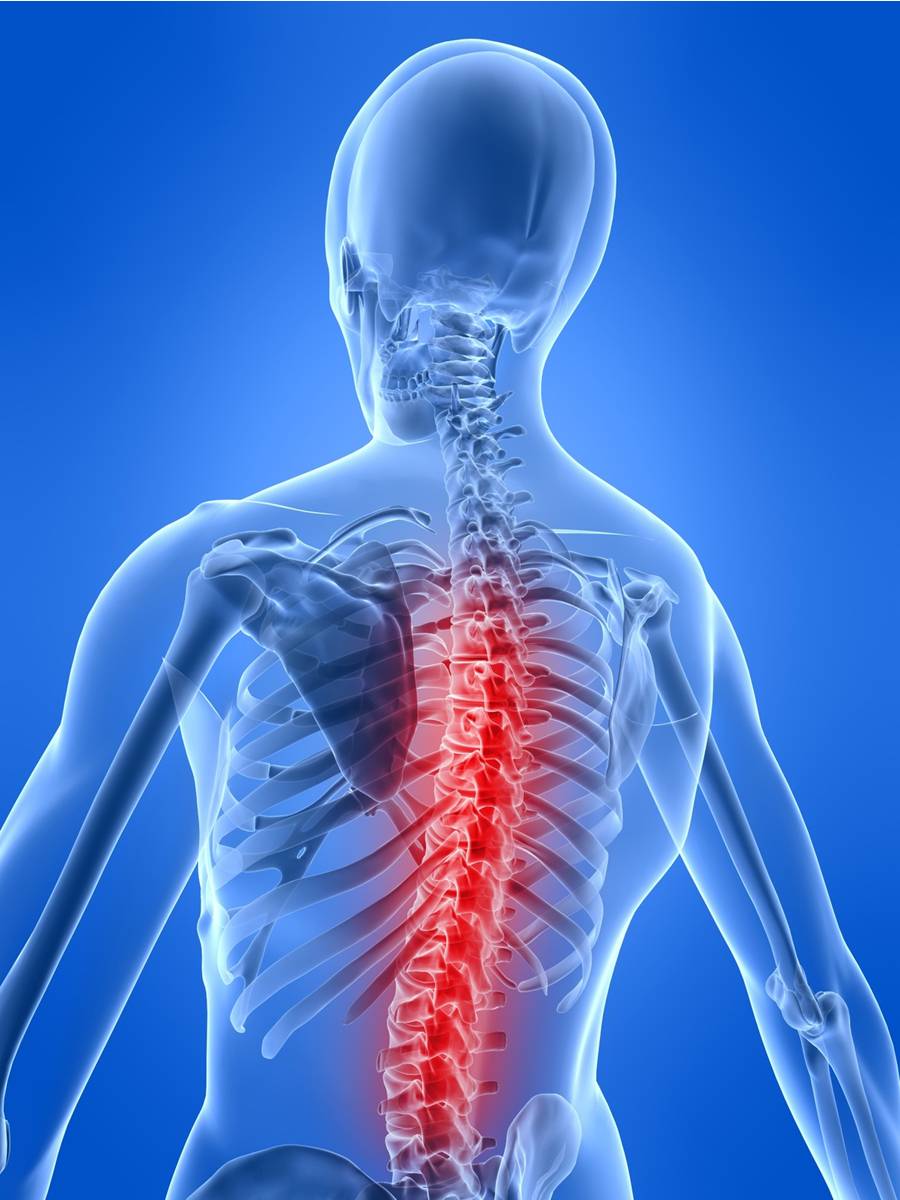Neurological Disorders

Neurological disorders are medically defined as disorders that affect the brain as well as the nerves found throughout the human body and the spinal cord. Structural, biochemical or electrical abnormalities in the brain, spinal cord or other nerves can result in a range of symptoms. Examples of symptoms include paralysis, muscle weakness, poor coordination, loss of sensation, seizures, confusion, pain and altered levels of consciousness.

The specific causes of neurological problems vary, but can include genetic disorders, congenital abnormalities or disorders, infections, lifestyle or environmental health problems including malnutrition, and brain injury, spinal cord injury or nerve injury. There are many recognized neurological disorders, some relatively common, but many rare. Mental disorders, on the other hand, are "psychiatric illnesses" or diseases which appear primarily as abnormalities of thought, feeling or behavior, producing either distress or impairment of function. According to the U.S. National Library of Medicine there are more than 600 neurologic diseases.
Neurological disabilities include a wide range of disorders, such as epilepsy, learning disabilities, neuromuscular disorders, autism, ADD, brain tumors, and cerebral palsy, just to name a few. Some neurological conditions are congenital, emerging before birth. Other conditions may be caused by tumors, degeneration, trauma, infections or structural defects. Regardless of the cause, all neurological disabilities result from damage to the nervous system. Depending on where the damage takes place, determines to what extent communication, vision, hearing, movement and cognition are impacted.
Individualized Education Plans
-Students with Neurological Disorders-
What schools should consider
- To what extent can the child be placed in the general education setting?
- What curriculum modifications or adaptations are needed? (i.e. modified worksheets, safety scissors)
- Are there needs for assistive technology?
- Is Adaptive Physical Education (APE) needed?
- Is there a need for a 1:1 aide?
- Will the child's disorder worsen over time?
- Is there a need for teacher resources, in-service training, etc.?
- Is the child apt to miss a fair amount of school due to doctor appointments or illness?
- Will the child need to receive treatments from the nurse on a daily basis?
- Are there behavioral concerns?
- Are there techniques that work well with the child? (i.e. rubrics, task analysis, applied behavior analysis)
- What are the social needs of the child?
Disability Rights Montana
Section 504 protects the rights not only of individuals with visible disabilities but also those with disabilities that may not be apparent. The goal of the Disability Rights Montana website it to help parents, advocates, and educators learn about the legal requirements and resources available for students with disabilities and to help ensure the rights of students with disabilities are protected to the maximum extent of the law.
Learn more here:
What is a neurologic disorder?- Child Neurology Foundation
A-Z list of Neurologic Disorders- Disabled World
Neurologic Diseases- U.S. National Library of Medicine
Tools for Teachers
Neuroscience education tools- BrainFacts.org
Neuroscience lesson plans for teachers- Center for Neurotechnology
Teaching students with neurological disorders- Bright Hub Education
Teaching Strategies for Associated Student Needs- Ontario Teacher's Federation

